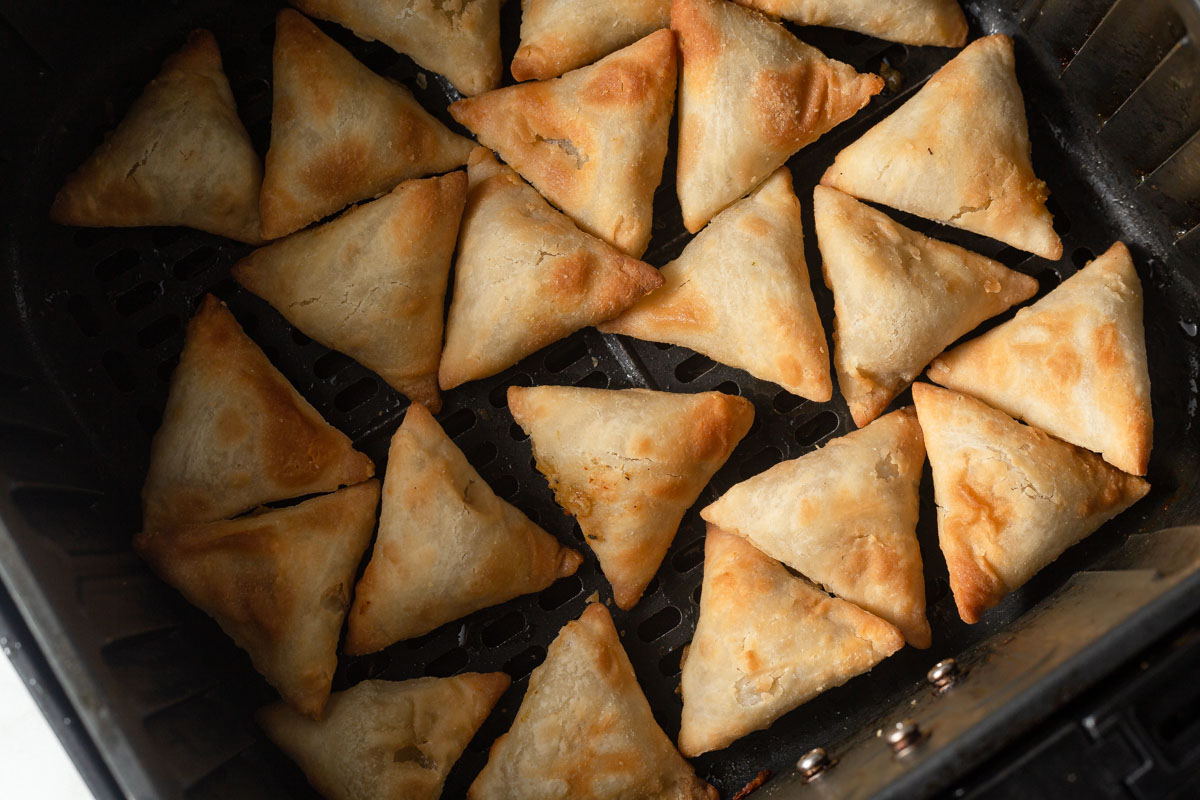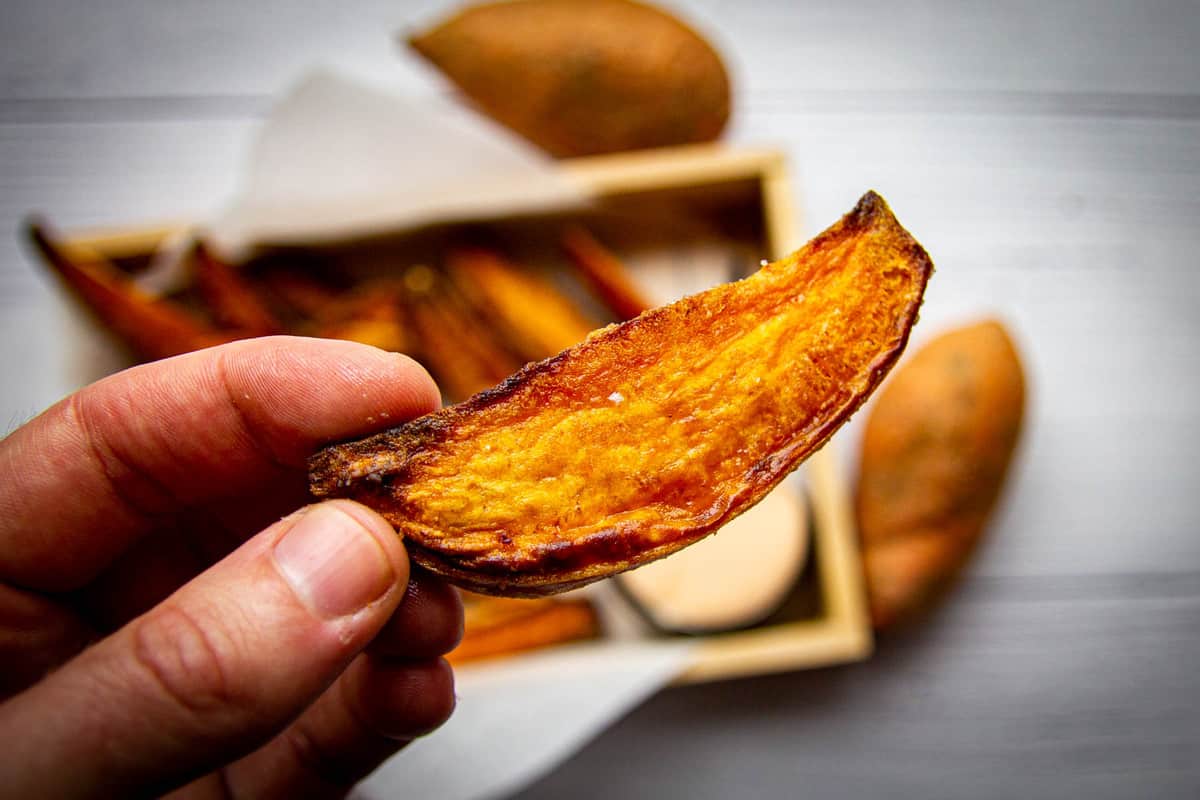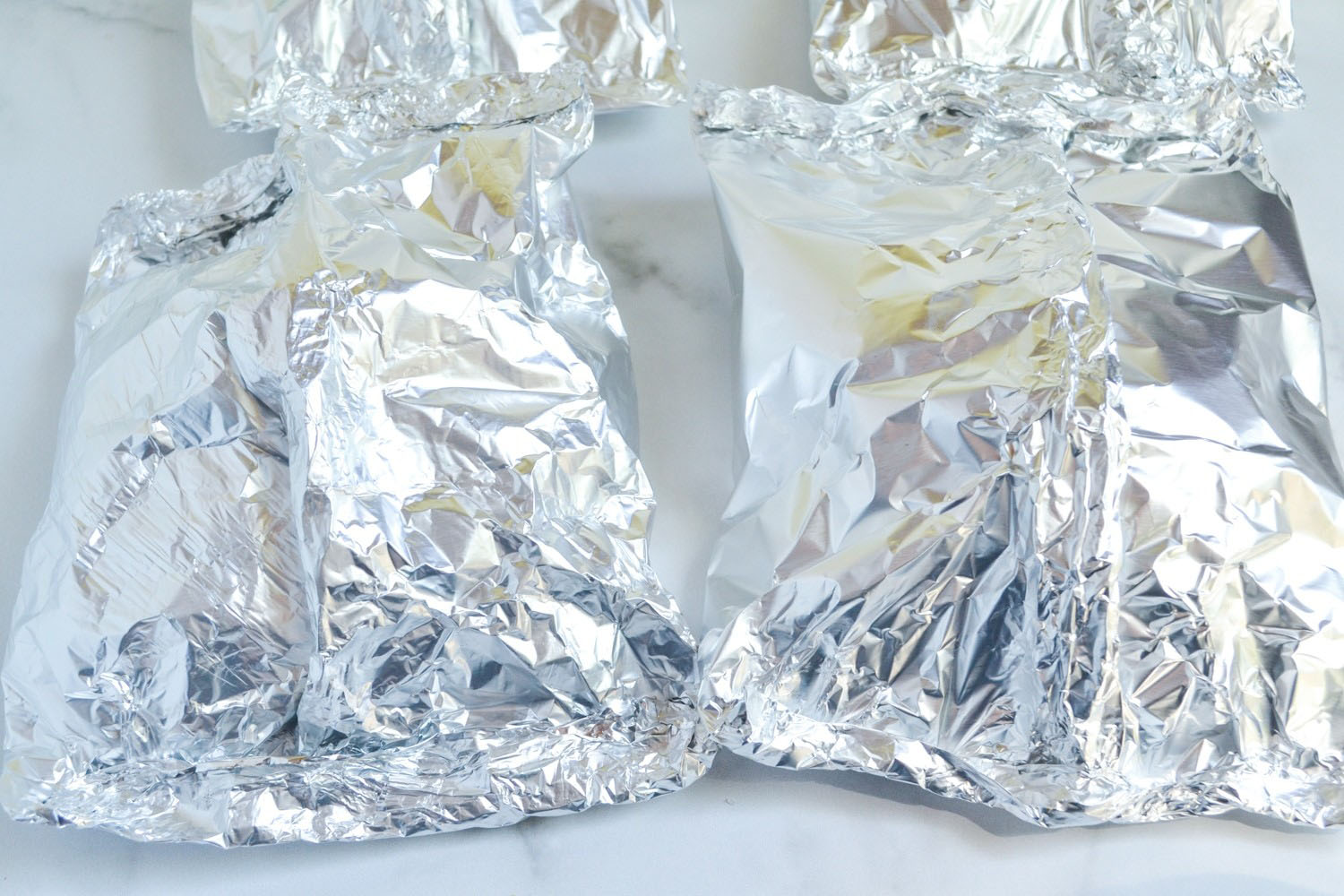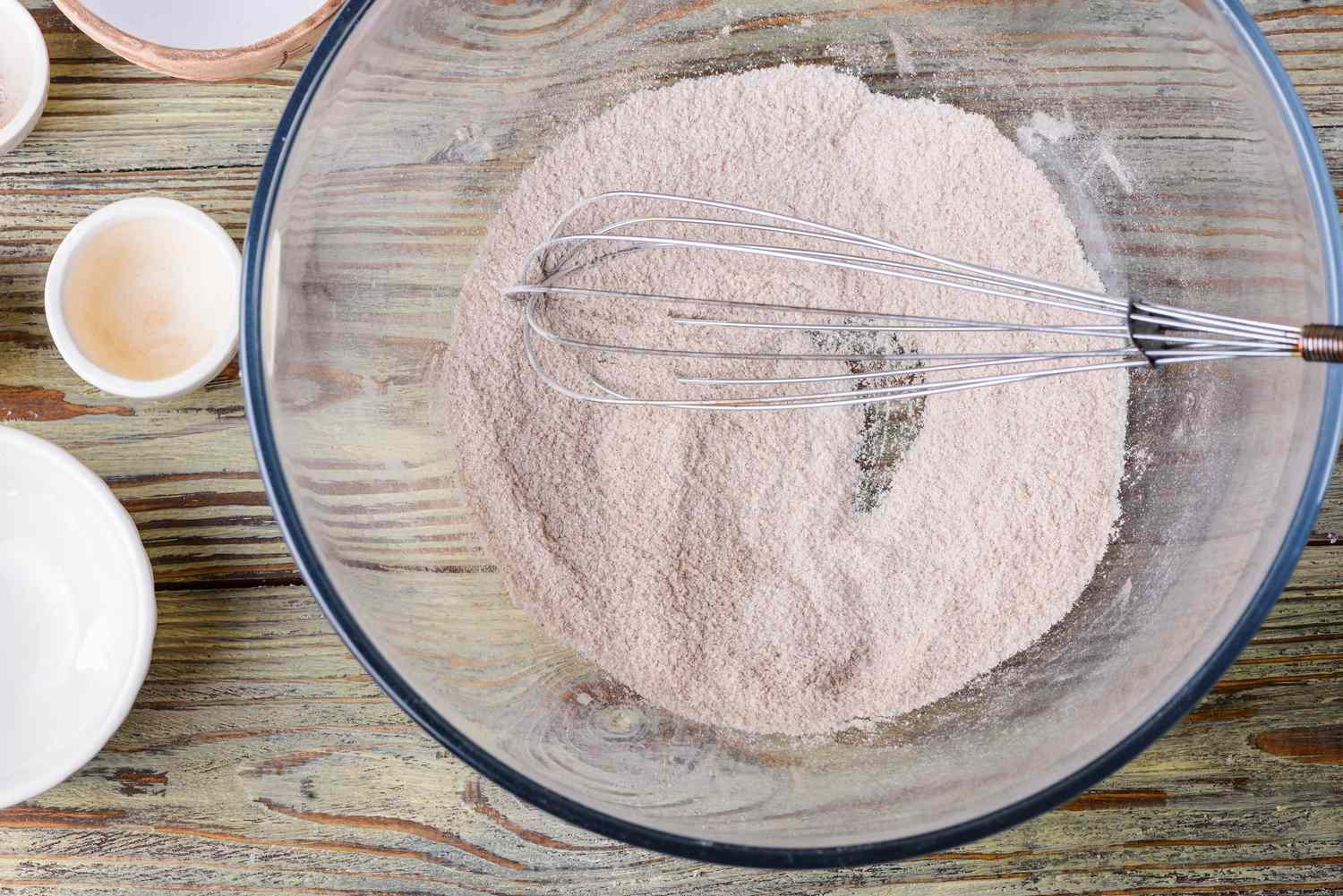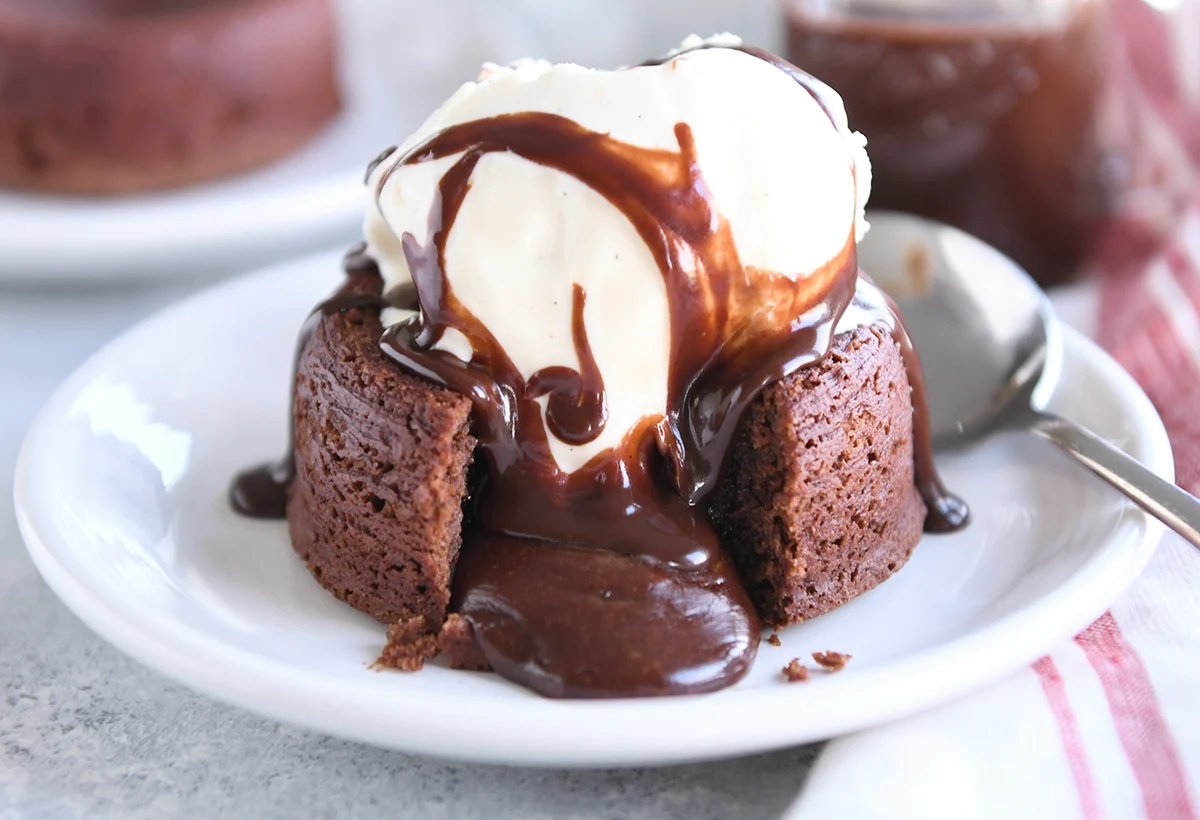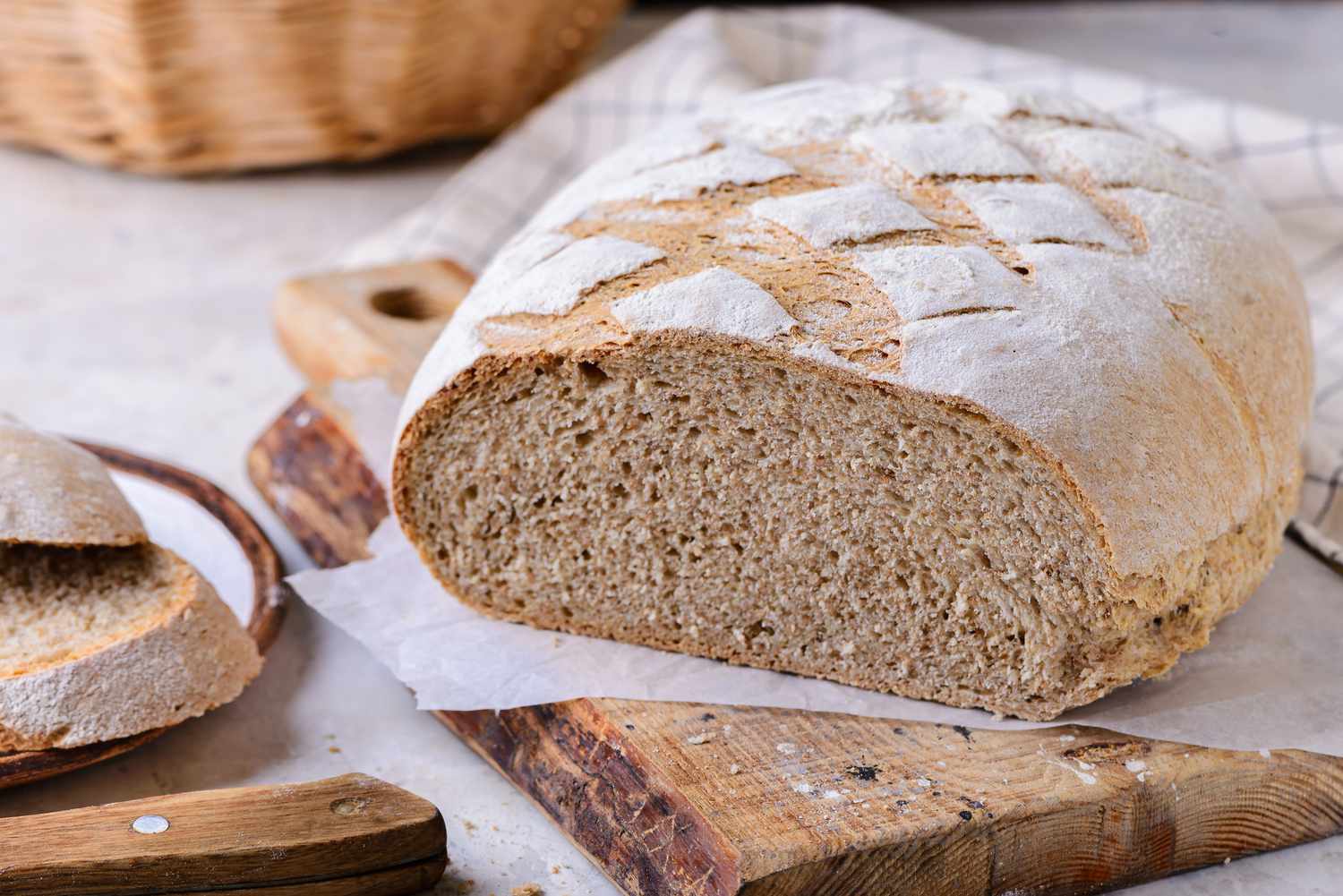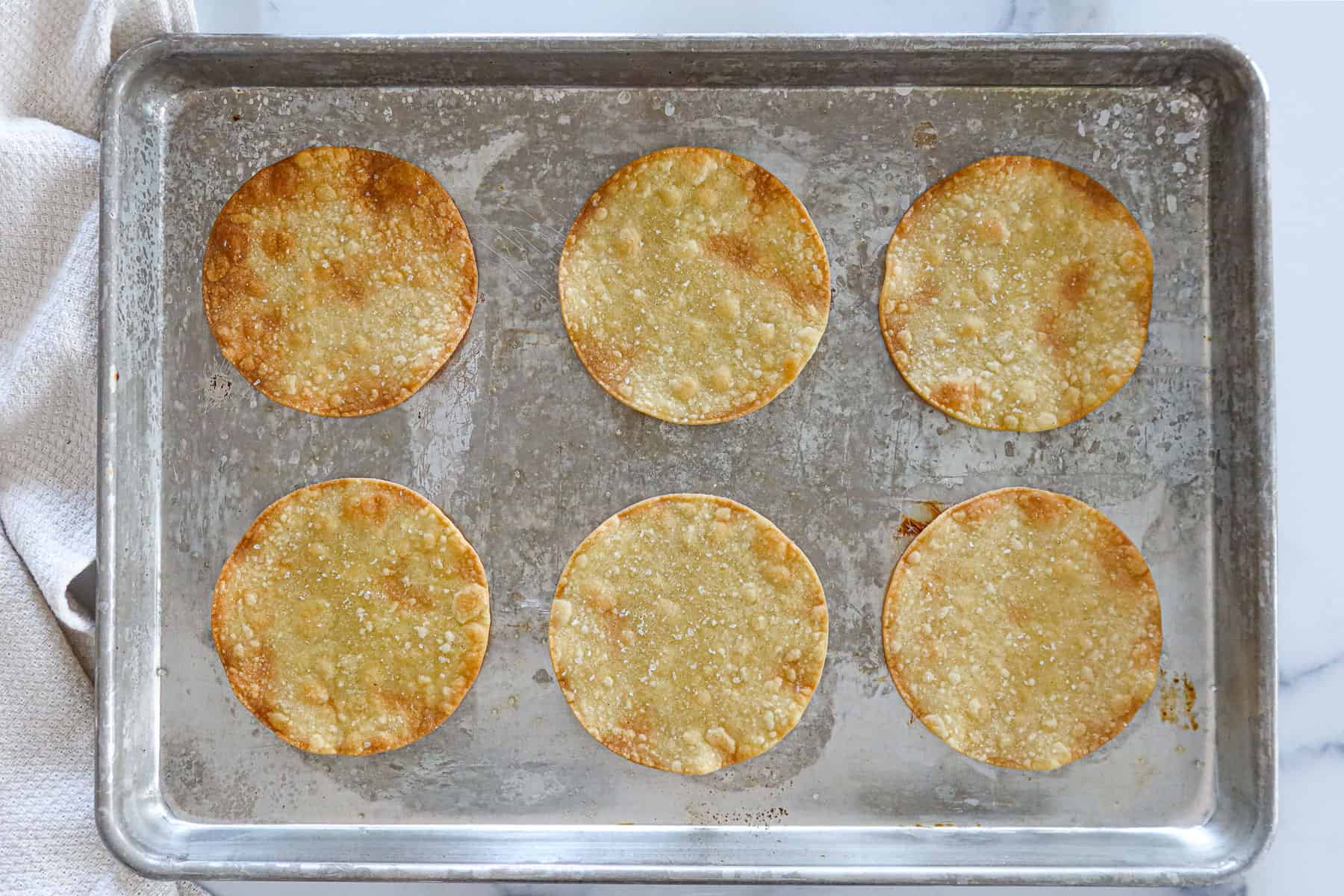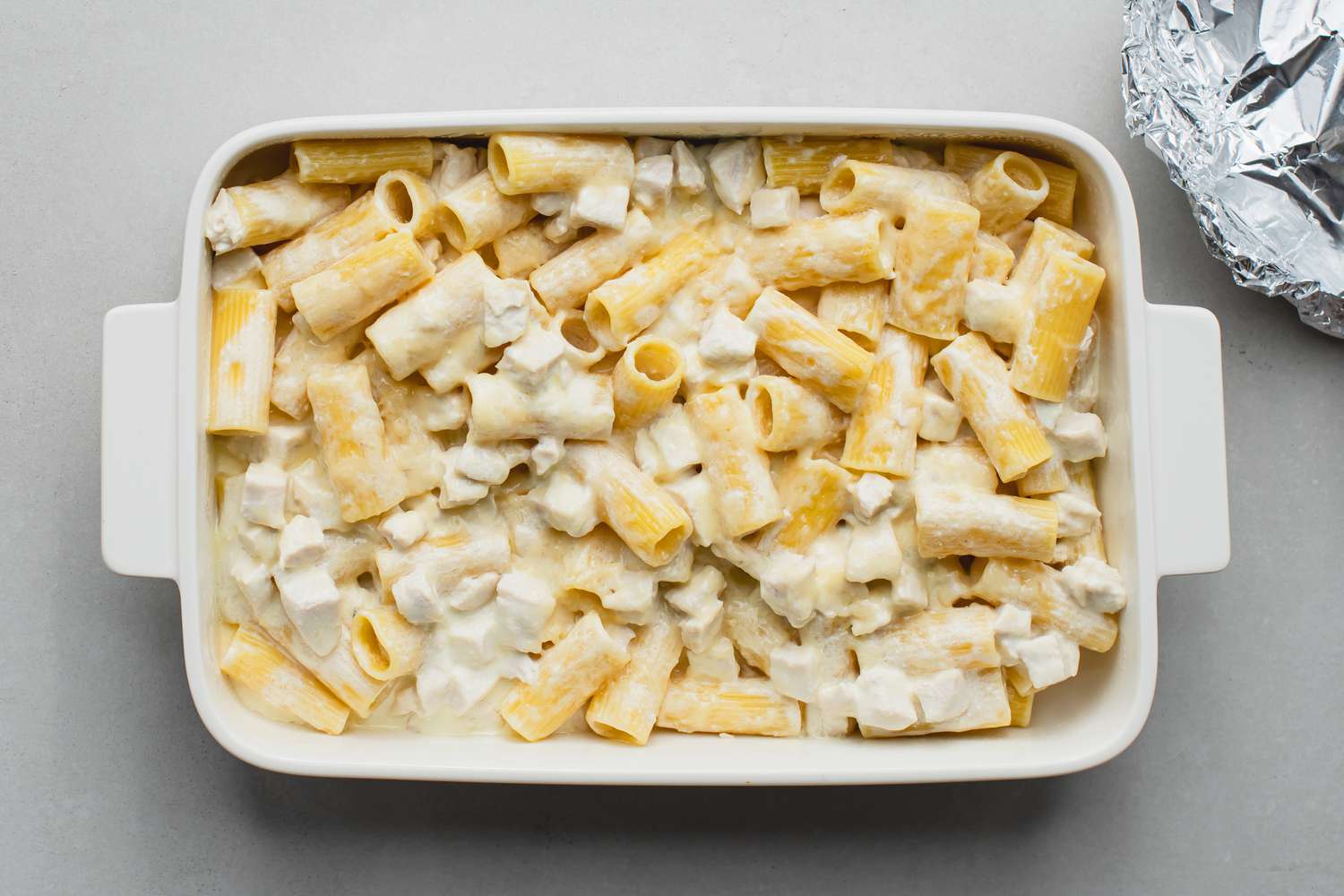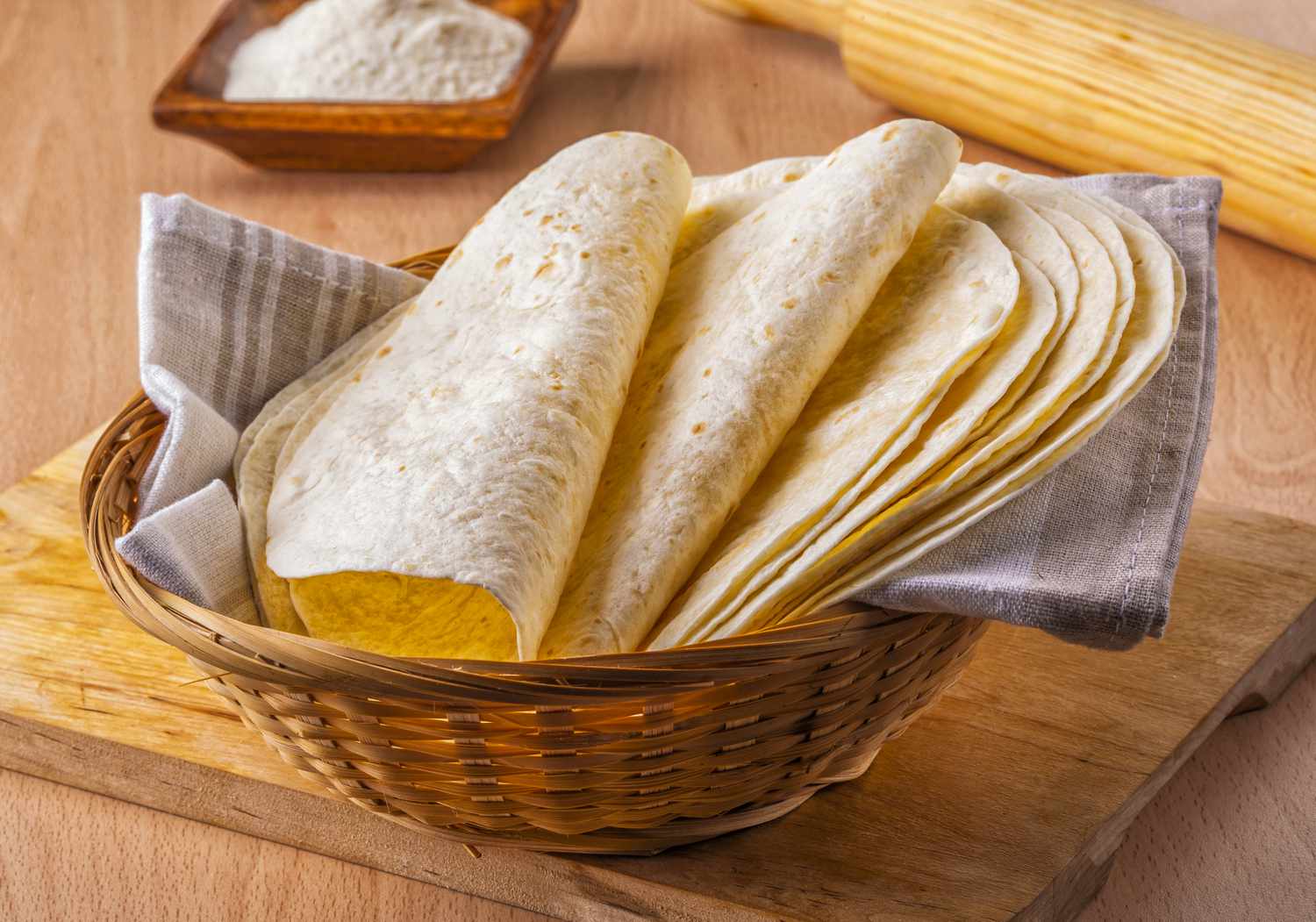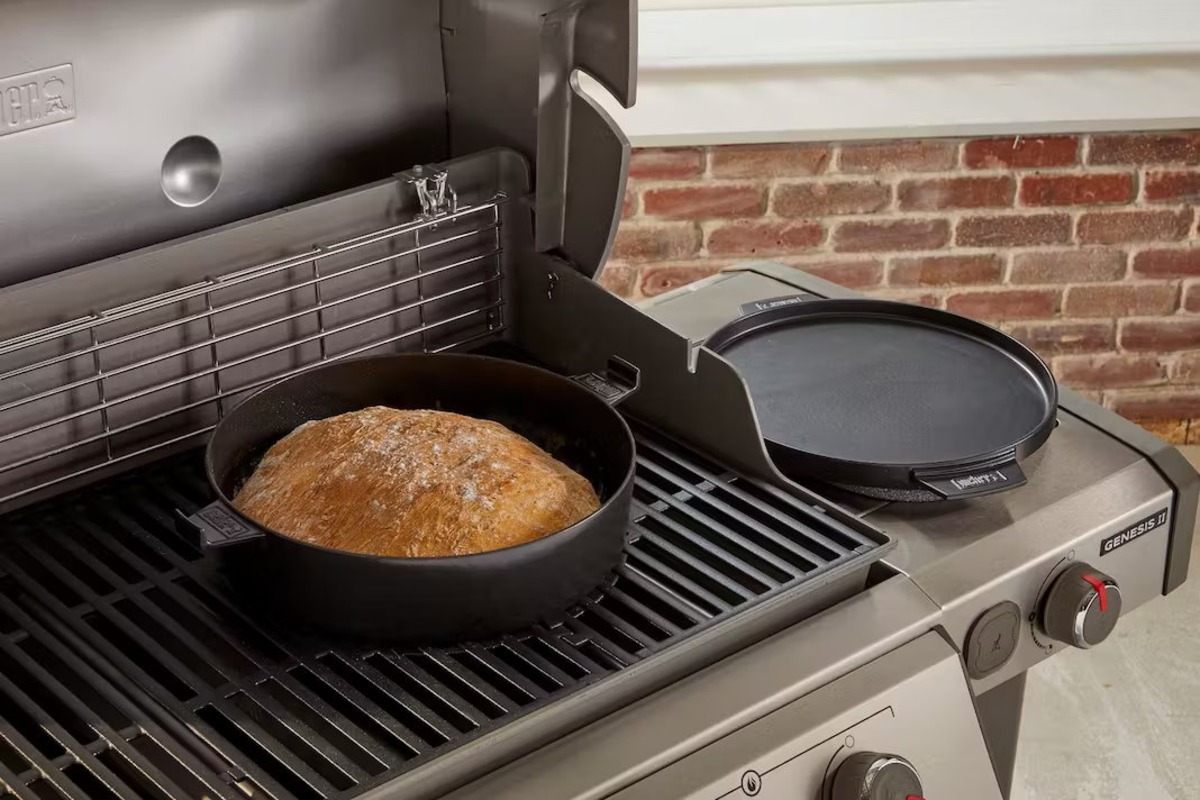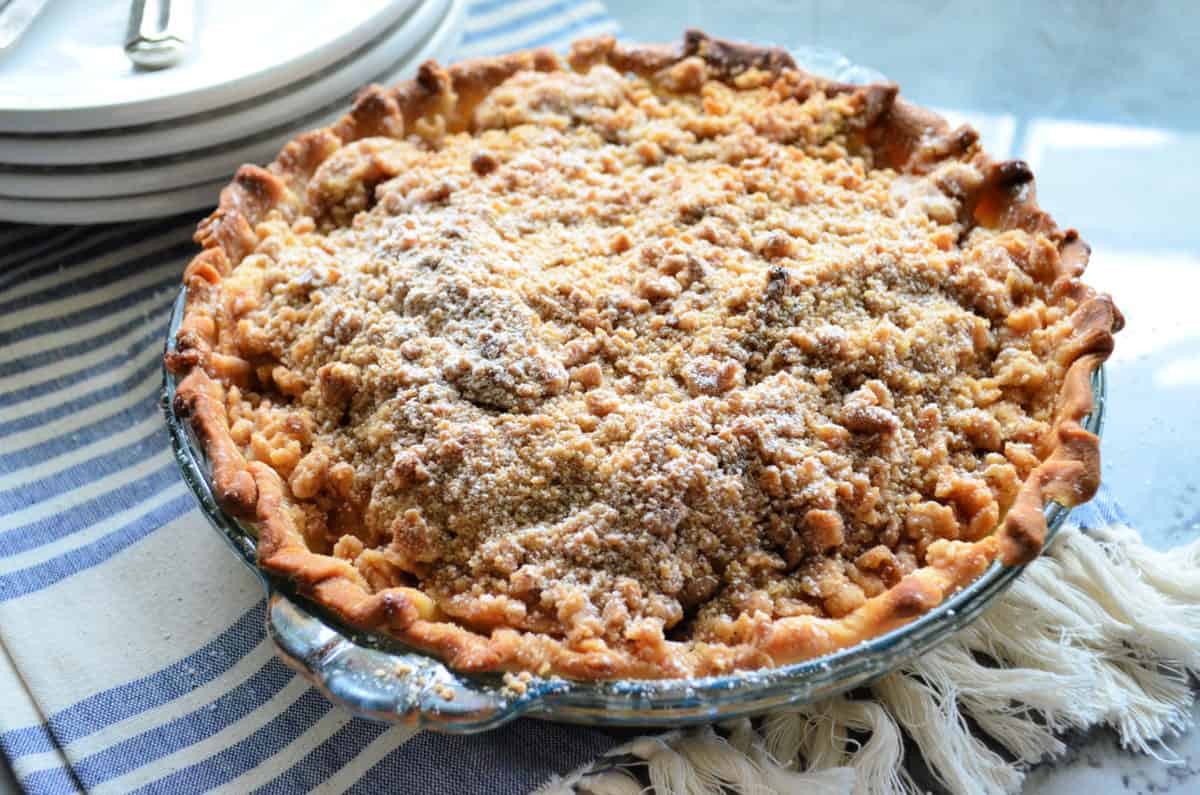Guide To Successful Cakes
As a food expert, I am here to share with you the ultimate guide to creating delicious and successful cakes. Whether you are a beginner or a seasoned baker, these tips and tricks will help you achieve baking greatness. So let’s dive in and make your cake dreams come true!
1. Plan Ahead
Before you start baking, it’s important to plan your cake creation. Think about the flavors, textures, and decorations you want to incorporate. This will help you gather all the necessary ingredients and equipment in advance, ensuring a smooth baking experience.
2. Choose the Right Recipe
The success of your cake starts with the recipe. Select a recipe that matches your skill level and aligns with your desired flavors. Whether it’s a classic chocolate cake or a fruity sponge, find a recipe that speaks to your taste buds.
3. Measure Accurately
Accurate measurements are crucial in baking. Use a kitchen scale to weigh your ingredients, especially flour and sugar, for precise results. Remember, baking is a science, and even small measurement errors can affect the final outcome of your cake.
4. Understand Ingredient Functions
To achieve the perfect texture and taste in your cake, it’s important to understand the function of each ingredient. Eggs provide structure, butter adds moisture, and baking powder or soda helps with leavening. Knowing how each ingredient contributes to the overall success of your cake will help you make adjustments if needed.
5. Follow Proper Mixing Techniques
When mixing your cake batter, follow the instructions carefully. Overmixing can lead to a denser and tougher cake, while undermixing can result in uneven textures. Use a gentle hand and mix until just combined for the best results.
6. Watch Your Baking Time and Temperature
Baking time and temperature are crucial factors in achieving a successful cake. Follow the recipe instructions, but remember that every oven is different, so keep a close eye on your cake as it bakes. Use a toothpick or skewer to test for doneness – if it comes out clean, your cake is ready!
7. Allow Proper Cooling and Frosting
Once your cake is out of the oven, resist the temptation to frost it immediately. Allow it to cool completely on a wire rack before adding any frosting or decorations. This prevents the frosting from melting and ensures a smoother finish.
8. Get Creative with Decorations
The final step in creating a successful cake is adding the finishing touches. Let your creativity shine by decorating your cake with frosting, sprinkles, fruits, or even edible flowers. This not only enhances the visual appeal but also adds an extra layer of flavor.
By following this guide, you are well-equipped to create delicious and successful cakes. Remember, practice makes perfect, so don’t be afraid to experiment and try new techniques. Happy baking!
Was this page helpful?
Read Next: The Best Leftover Christmas Dessert Ideas
